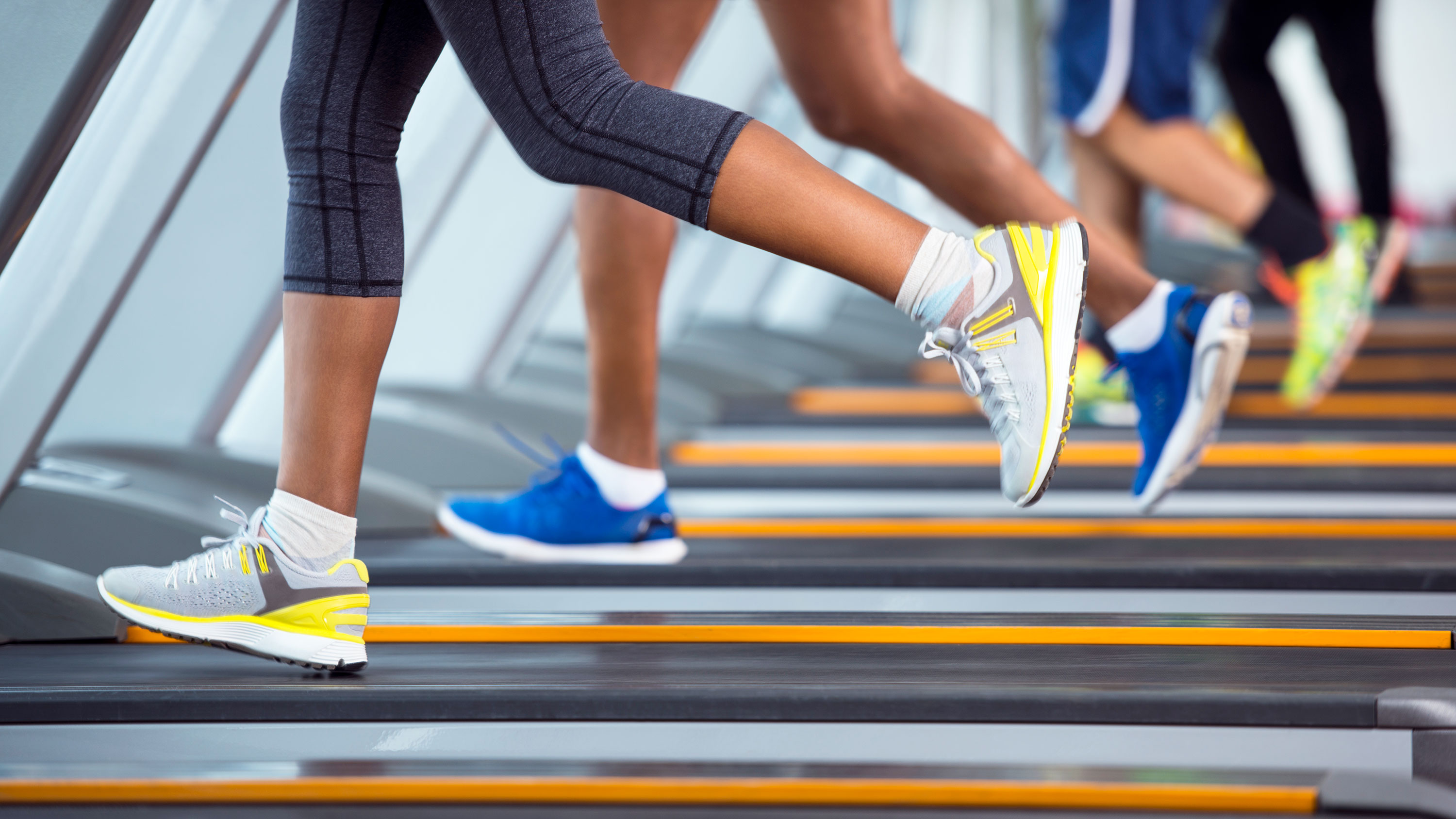Why every runner should get a gait analysis
A complete guide to having your running stride assessed by a professional via a gait analysis


If you are new to running, one word you will quickly come across is ‘gait’. You’ll find it on descriptions of running shoes, in running shops and used by other runners.
But what does gait mean, and how does it affect what shoes you should buy?
With the help of Vikash Sharma, a doctor of physical therapy at New York’s Perfect Stride Physical Therapy, we have compiled a complete guide to gait analysis for runners, including reasons why you should have your gait assessed and what it can tell you about what shoes you should be looking to buy.
- Best runnings shoes for women
- Best running shoes for men
- Track your progress with the best running watch
What is a gait analysis?
A gait analysis is an assessment of the way you run, with particular focus on looking at your stride and how and where your feet land and absorb impact.
“Simply put, a running gait analysis is a way to assess an individual's running style,” says Sharma. “It paints a piece of the picture regarding your unique running form.”
What happens at a gait analysis?
There are several different ways to perform a gait analysis and a variety of tools that can be used.
The most common assessment method is by using a treadmill. You will often find them in running shops, and if you are looking to buy a pair of shoes the staff will often ask you to run on the treadmill so they can assess your gait. They will watch you run and look at where your land, how they roll inwards and how you push off again for the next stride.
Start your week with achievable workout ideas, health tips and wellbeing advice in your inbox.
Technology is advancing to a stage where video footage can also be used to gain a more thorough analysis of your running style. Assessments can also involve questions about your running history, information about recurring injuries and your mobility and strength, too.
“We use video analysis software along with data that we collect from wearable motion-sensor technology,” says Sharma. “This means we can slow down video footage of your gait and play it back frame by frame to see movements that the human eye would normally miss. Our wearable motion sensors also share data about forces, cadence, step length, symmetry, speed and contact time.”
What are the different types of gait?
There are three main types of gait patterns that can be named after the foot’s movement or the way the gait pattern looks. They are:
* Under-pronation
* Over-pronation
* Neutral
They all involve pronation (despite the fact that only two mention it in their name). This is the term used to describe how much your foot rolls inward when it lands, as most runners land on the outside edge of their foot.
Your gait is dependent on a number of factors, including the height of your arch, and foot and ankle mobility.
Let's explore the types of pronation in more detail:
Under-pronation
If your foot rolls only slightly inwards when it lands (less than 15%), it is known as ‘under-pronation’ (or ‘supination’). It is usually associated with runners with higher arches.
Over-pronation
If your foot rolls significantly inwards (more than 15%) following the outside of the heel landing first and you push off using your big toe and second toe, it is called ‘over-pronation’. This is often seen in runners with flat feet or low arches.
Neutral
‘Neutral’ pronation is when the foot rolls inwards by around 15%, and the ankle and leg stay aligned, reducing the risk of injury.
There is no ‘good’ or ‘bad’ type of gait – every runner is different, but your gait can have an effect on mobility and injury. However, it is not generally recommended that you attempt to alter your gait unless it is causing you regular injury.
A study by the University of Basel found that excessive pronation can be harmful and lead to secondary effects on the lower leg, but it is extremely difficult to identify those at risk of injury. The study found 70% of runners with lower-leg injuries treated with orthotic devices placed in the shoe showed improvement.

What affects your gait?
“There are many factors that can affect your gait, ranging from your mobility, stability and strength to your footwear and even your coaching or lack of coaching,” says Sharma.
“Many of us are never really taught how to run, therefore, we can develop movement traits that are inefficient and could be contributing to injury.”
Does cadence play a part in your gait?
Cadence is the number of steps you take in a minute while running. The figure for most runners is usually around 180.
“Cadence is one of the many variables that can be assessed when looking at an individual’s gait,” says Sharma. “Generally speaking, if your cadence is low, you may be over-striding, which can increase your vertical displacement [up and down movement] and possibly increase the forces being placed on your tissues/joints.”
How does gait affect what shoes you should buy?
“Overall, most people will be successful wearing a neutral shoe, contrary to what they think or have been told,” says Sharma. “There is a very small percentage of runners that can benefit from a structural shoe that is trying to control motion or stabilise the foot.
“Ideally, we want to let the foot function as the foot should, meaning that we want to find a shoe that fits well, lets you sit as close to the ground as possible via a low heel-to-toe drop and stack height. This will allow the highly sensory innervated feet to better receive feedback from the external environment and respond accordingly.”
Information that’s gathered from your gait analysis will help when it comes to the decision as to what shoe type will be best for you, but the final decision may also depend on other factors, such as your strength, fitness and the feel of shoe - ensuring running shoes are comfortable is crucial.
Howard is a freelance health and fitness journalist and copywriter. He has written for publications including ShortList, Runner’s World, Trail Running, Women’s Running, Red Bulletin, Wareable and Cycling Weekly. He enjoys nothing more than lacing up his trail shoes and heading out to explore new trails. He’s run ultramarathons everywhere from the French Alps and Canadian mountains to the Welsh coast and Peak District. When not running, he’s usually found hitting his local MTB singletrack trails or on a quest to find the country’s best cinnamon bun.
